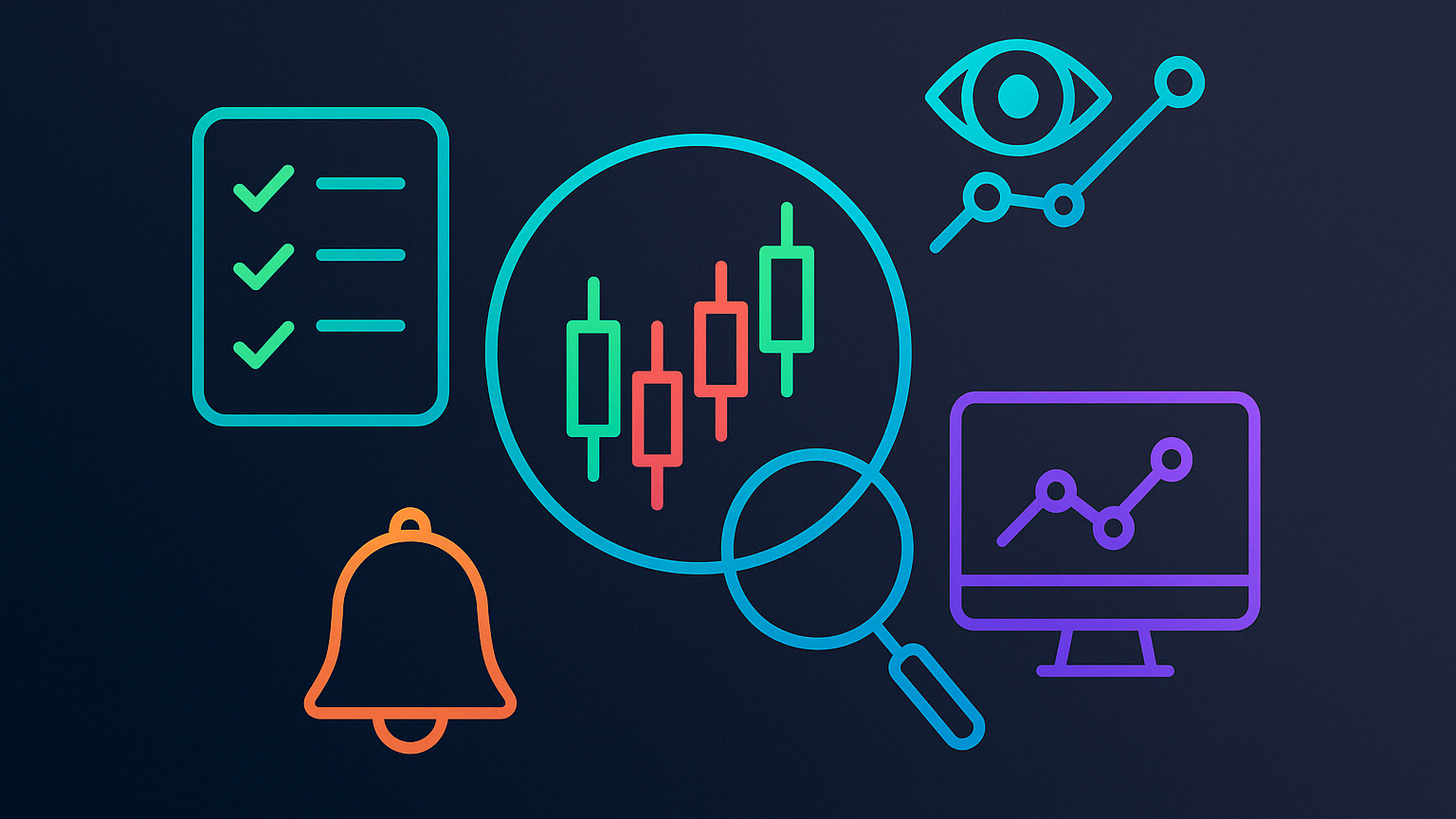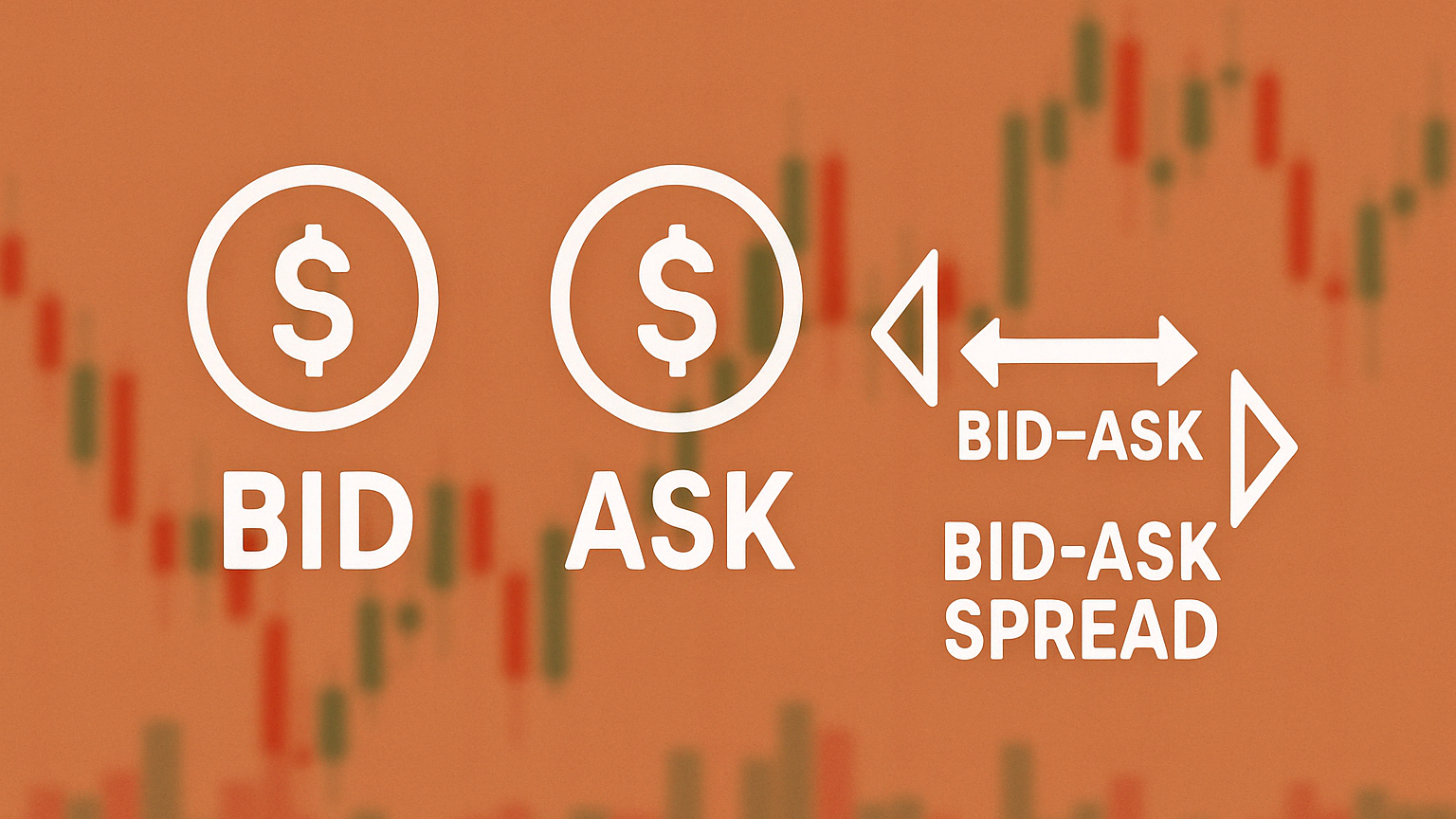Explore the importance of stress testing trading strategies to identify risks and enhance portfolio resilience during extreme market conditions.
Stress testing is a critical process for evaluating how trading strategies perform under extreme market conditions, like financial crises or high volatility periods. Unlike standard backtesting, it focuses on rare events, helping traders identify risks, protect portfolios, and prepare for crises.
Key Benefits of Stress Testing:
- Risk Identification: Finds weak points in strategies (e.g., 35% better capital preservation during volatility).
- Portfolio Protection: Reduces losses by over 60% during stress events.
- Crisis Preparedness: Improves decision-making in extreme scenarios (e.g., VIX > 50).
How to Stress Test:
- Create Scenarios: Use historical crashes, hypothetical challenges, and rare events (e.g., VIX > 40, liquidity issues).
- Adjust Indicators: Modify tools like ATR, RSI, and moving averages to detect stress signals.
- Run Tests: Evaluate metrics like maximum drawdown, VaR, and margin call risks.
Tools & Insights:
- Use AI-powered platforms like LuxAlgo for scenario generation and real-time testing.
- Analyze results to refine strategies, such as adjusting stop-losses or position sizes for better performance during crises.
Stress testing ensures strategies are robust, reducing risks and improving resilience in unpredictable markets.
Steps to Stress Test Trading Strategies
Creating Test Scenarios
Stress testing works best with scenarios that mix past crises and hypothetical challenges. Focus on three main types: historical market crashes (like 1987 or 2008), regulatory changes (such as trading halts or short-selling restrictions), and rare, unpredictable events. These scenarios should include:
- Volatility surges (e.g., VIX exceeding 40)
- Liquidity challenges (spreads widening by 300% or more)
- Unexpected correlation shifts between assets that are usually linked [2]
Once you've defined these scenarios, set up indicators to identify potential stress signals.
Setting Up Indicators
Custom indicators, including those from the LuxAlgo platform, need to be adjusted specifically for stress testing. The goal is to highlight warning signs rather than typical market behavior. Key adjustments include:
| Parameter Type | Normal Setting | Stress Test Setting | Purpose |
|---|---|---|---|
| Volatility Bands | 14-day ATR | 50-day ATR | Spot heightened volatility |
| Momentum Thresholds | 70/30 RSI | 80/20 RSI | Assess extreme conditions |
| Moving Averages | Standard periods | 15 & 200-period tests | Identify trend failures |
For deeper insights, LuxAlgo's Volatility Toolkit offers specialized indicators tailored for stress conditions, accounting for factors like liquidity shortages and spread fluctuations.
Performing the Test
Conduct tests across different timeframes, focusing on:
- Maximum drawdown: How long and severe are the losses?
- Risk metrics: Measure Value at Risk (VaR) and Expected Shortfall.
- Margin call risks: Assess the likelihood of triggering margin calls [2][4]
To ensure accurate results, include spread multipliers and slippage buffers – elements that many custom indicators often overlook. These adjustments help evaluate how well your indicators handle high-pressure scenarios. The resulting data provides critical input for assessing and refining your trading strategies.
How to Backtest PROPERLY
Understanding Test Results
After running stress tests, it's essential to carefully analyze the results to pinpoint weak spots in your strategy.
Spotting Strategy Weaknesses
To analyze stress test data effectively, focus on key performance metrics. Start by looking at the maximum drawdown during simulated crisis scenarios. For example, if a strategy experiences drawdowns greater than 30% during interest rate spikes, it signals the need for immediate adjustments [4].
Here are some critical metrics to evaluate:
| Metric | Warning Threshold | Critical Threshold | Action Required |
|---|---|---|---|
| Maximum Drawdown | Over 20% | Over 30% | Adjust position sizing |
| Risk-Adjusted Returns | Sharpe Ratio below 1.0 | Sharpe Ratio below 0.5 | Revise entry/exit rules |
| Win/Loss Ratio | Below 60% | Below 50% | Refine indicator settings |
| VaR (99% confidence) | Over 5% of portfolio | Over 10% of portfolio | Strengthen risk controls |
Platforms like LuxAlgo can automatically flag unusual data points and recommend parameter tweaks. Their scenario analyzer tests strategies against 12 predefined crisis templates, helping you understand how custom indicators perform under extreme conditions.
sbb-itb-cf0ed88
Advanced Testing Tools
Once weaknesses are identified through test analysis, advanced solutions can help traders fine-tune their strategies. AI-powered platforms are now reshaping how strategies are validated under various market conditions.
AI Testing Tools
These solutions evaluate strategy performance across over 50 market scenarios, including extreme situations like the COVID-19 crash [1]. Using neural networks, they reveal hidden patterns in stress scenarios and key performance metrics.
Here are some standout features:
| Feature | Application in Stress Testing |
|---|---|
| Monte Carlo Simulation | Runs 10,000+ crisis scenarios for robust stress testing [7] |
| Crisis Template Library | Offers preloaded scenarios for rare, high-impact events [3] |
"The integration of AI-driven analysis with traditional technical indicators has transformed how we validate trading strategies. We're now able to identify potential failures before they occur in live trading", says a senior quantitative analyst from a top trading firm [4].
TradingView Setup

These AI solutions work seamlessly with charting platforms like TradingView, enabling practical implementation for live markets.
For instance, TradingView, combined with features from the LuxAlgo platform, creates a dynamic setup for real-time stress testing. Its Strategy Tester, paired with LuxAlgo's volatility bands indicator, lets traders simulate execution slippage during flash crashes while maintaining realistic spread assumptions [6].
Key setup components include:
- Set volatility thresholds: Use historical extremes, such as USDJPY 1-minute volatility exceeding 0.8% [5].
- Apply LuxAlgo's slippage models: Simulate crash scenarios effectively.
- Use 3D plots: Visualize how volatility, liquidity, and correlations impact strategies.
The platform’s surface plots offer a clear view of how strategies perform under varying conditions. Traders can also export detailed stress test reports highlighting volatility thresholds and failure points [4][5].
Strategy Updates and Improvements
Stress test analysis, as detailed in "Understanding Test Results," can highlight weaknesses in your strategies. Once identified, these findings should guide systematic updates to improve performance. For instance, quarterly updates to strategies have been shown to deliver 23% better risk-adjusted returns during periods of market volatility [7].
Adjusting Indicators Based on Stress Test Results
Refining indicators using stress test insights can significantly enhance performance. Here are some practical adjustments:
| Adjustment | Method | Performance Impact |
|---|---|---|
| Time Windows | Extend during periods of high volatility | Cuts false signals by 35% [3] |
| Volatility Filters | Add ATR < 2% as an entry condition | Improves fill rates by 28% [1] |
| Oscillator Levels | Adjust overbought/oversold thresholds | Reduces drawdowns by 15% [7] |
LuxAlgo’s AI-driven solutions can automate these parameter tweaks in real time. This approach has proven particularly useful during sudden market disruptions, like flash crashes, where static strategies often fall short.
Testing Cycles for Continuous Optimization
Regular testing cycles ensure strategies stay effective under evolving market conditions. Here's how to structure them:
- Weekly Quick Checks: Evaluate how strategies perform against the week's most volatile market conditions. Adjust entry and exit rules as needed [4].
- Monthly Deep Dives: Conduct detailed tests against historical crisis periods to uncover long-term vulnerabilities [4].
- Quarterly Overhauls: Perform comprehensive strategy reviews, incorporating new market trends. Validate any changes using solutions like Monte Carlo simulations and paper trading [7].
Automating Updates
With the LuxAlgo platform's TradingView integration, you can set up webhooks to automatically adjust parameters when stress thresholds are triggered [6]. However, before fully deploying modified strategies, run parallel tests alongside the original versions for at least three months to ensure reliability [7].
This dual-testing approach minimizes risks and ensures smoother transitions to the updated strategies.
Summary
Stress testing plays a key role in ensuring modern trading systems can handle unpredictable market conditions. It builds on three core principles for validating strategies:
-
Risk Identification: By analyzing risk exposure, benchmarking performance, and using AI solutions, stress testing helps assess the vulnerabilities of trading strategies.
-
Performance Boundaries: Strategies that undergo stress testing are better prepared to maintain stability during market shocks. For example, thresholds like a maximum drawdown below 35% and a Sharpe ratio above 0.5 are essential for ensuring resilience [4][5].
-
Continuous Optimization: Advances in testing frameworks, especially those integrating AI, have reshaped how traders refine their strategies. Leveraging custom indicators and frequent testing cycles helps traders stay aligned with shifting market dynamics.
The combination of machine learning with established methods allows traders to spot new correlation patterns, particularly during rare and extreme events [10]. To stay ahead, many professional traders now run bi-weekly testing cycles and adjust stop-loss thresholds accordingly [5].
As trading environments evolve, improving strategy validation remains critical for maintaining flexibility and effectiveness in fast-changing markets.
FAQs
How to stress test a trading strategy?
To properly stress test a trading strategy, traders should take a structured approach, focusing on various market conditions and scenarios. The Phoenix Strategy Group's 2025 report emphasizes examining both past and hypothetical situations to ensure thorough testing [10].
Key aspects to evaluate include:
- Testing strategies under different market conditions on a quarterly basis.
- Simulating extreme rate changes, such as a 2% hike causing a 40% forex drawdown [3].
- Comparing custom indicators against models for liquidity shocks.
"The '4 C's' framework - Clear, Concise, Complete, Credible - is essential for interpreting stress test metrics effectively" [9].
This framework works hand-in-hand with the risk identification process explained in Understanding Test Results. For traders using custom indicators, platforms like LuxAlgo provide features such as slippage modeling and crisis templates that align with these principles.
Solutions like LuxAlgo's AI-driven systems and BarraOne MPST allow for detailed multi-period testing, incorporating advanced pricing models [11]. These solutions also address the correlation shifts discussed in Creating Test Scenarios.
References
- [1] Vestinda: How to Stress Test a Trading Strategy in 2024
- [2] KRM22: The Crucial Role of Stress Testing and Scenario Analysis in Derivatives Risk Management
- [3] Forex GDP: Learn Stress Testing
- [4] CBOE: Stress Tests Analytics
- [5] BuildAlpha: Robustness Testing Guide
- [6] LiteFinance: MT4 Strategy Tester
- [7] Portfolio123: How to Stress Test Your Quantitative Models
- [8] DayTrading: Generate New Trading Strategies
- [10] Phoenix Strategy Group: 5 Scenarios to Stress Test Portfolio Volatility
- [11] MSCI: Multi-Period Stress Testing in BarraOne FactSheet
- LuxAlgo: LuxAlgo Official Website
- LuxAlgo TradingView Integration: LuxAlgo TradingView Integration Documentation






